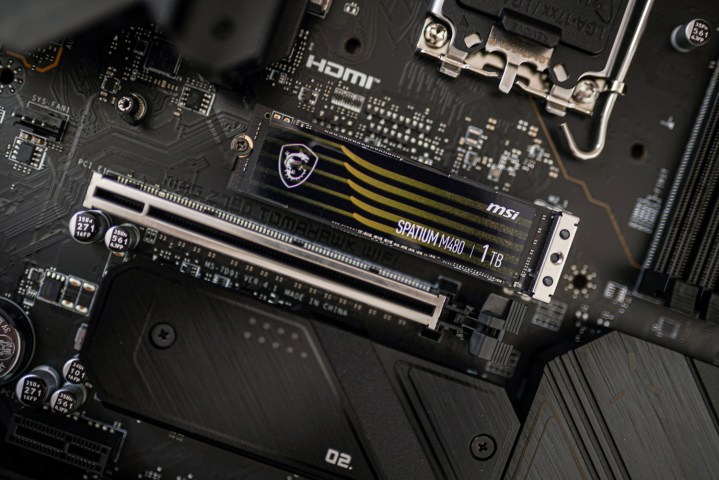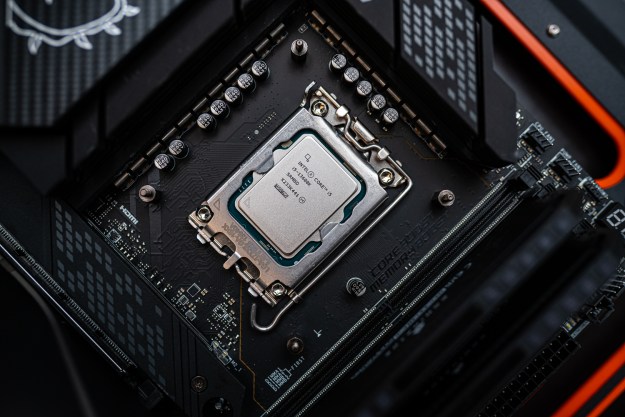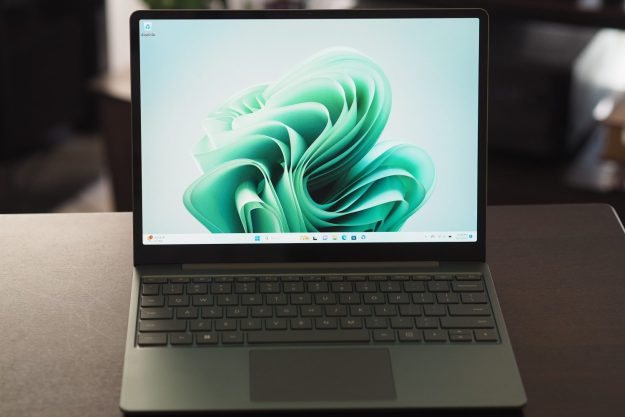
SSDs are getting more expensive, and we’re just getting started. The prices of NAND chips that are used in SSDs are expected to jump by 50% over the coming months, according to TrendForce, which will translate into higher prices for storage. Even at the start of 2024, we’re already seeing some of those price increases in effect.
I took a look at the pricing history of a smattering of popular SSDs on Amazon, and I universally found that prices are up. The is $85 for a 1TB capacity, up from its lowest point of $60, which it hit multiple times last year. in a 500GB capacity is $80, while it hovered around $60 for the latter half of last year and bottomed out at only $50.
As we reported on last year, Samsung put into place a 20% increase on the price of NAND flash chips per quarter, starting in 2024. TrendForce says that NAND suppliers are restricting production in order to stabilize prices, with the eventual goal of raising prices once the remaining inventory has stabilized. We can see some of that in effect now, as SSDs like the Samsung 990 Pro are out of stock on Amazon, and other high-capacity SSDs are showing long lead times.
Before shaking your first at greed, though, it’s important to establish some context. The prices of SSDs dropped continually over last year, mostly driven by consistent price drops on NAND flash. The turnaround in pricing is to ensure NAND suppliers like Samsung, SK Group, and Western Digital can turn a profit. Even with the first wave of price increases, SSD prices are still far lower than they were a couple of years ago.
Still, if you’re planning on picking up a new SSD for your PC, it’s a good idea to get one soon. We’re already seeing an upward trend in prices, and multiple sources over the past few months indicate major NAND flash manufacturers are going to continue to push prices up. They may never climb to the heights we saw at the end of 2022, but it’s still best to pick up an SSD sooner than later.
Editors' Recommendations
- Don’t download the latest macOS Ventura update just yet
- Don’t buy the new MSI Claw handheld — at least not yet
- GPUs are cheap right now, but don’t be tempted just yet
- Don’t believe the hype — the era of native resolution gaming isn’t over
- The era of cheap SSDs is about to end




